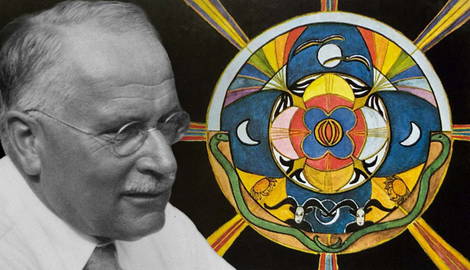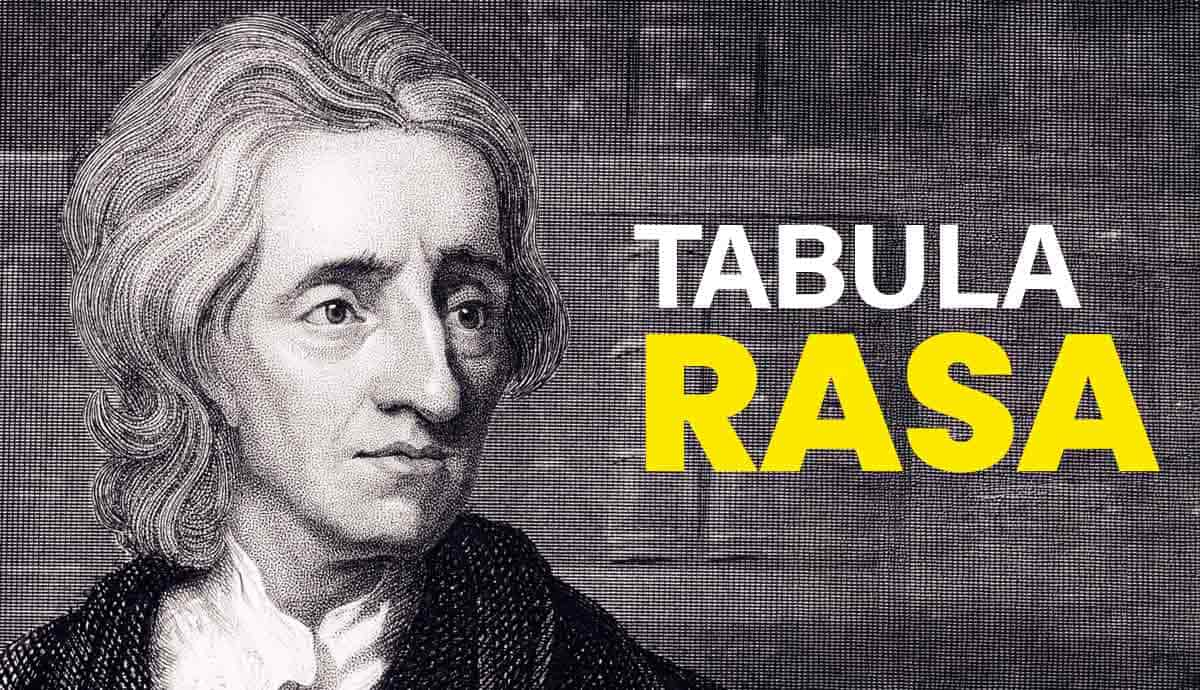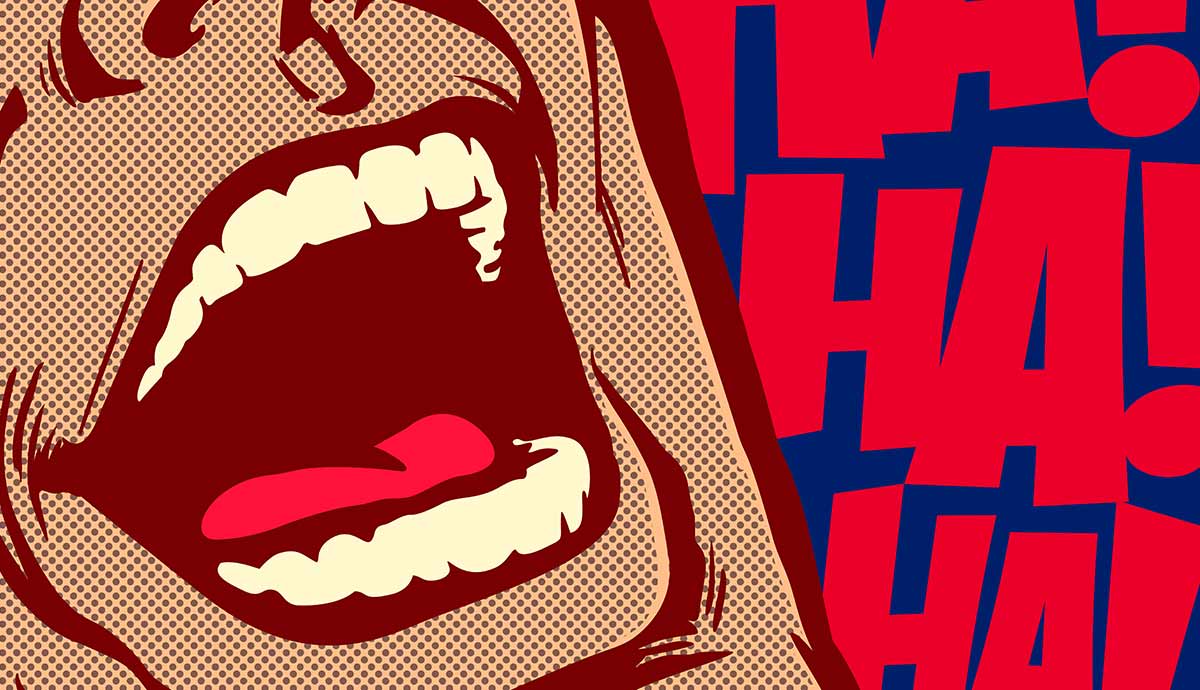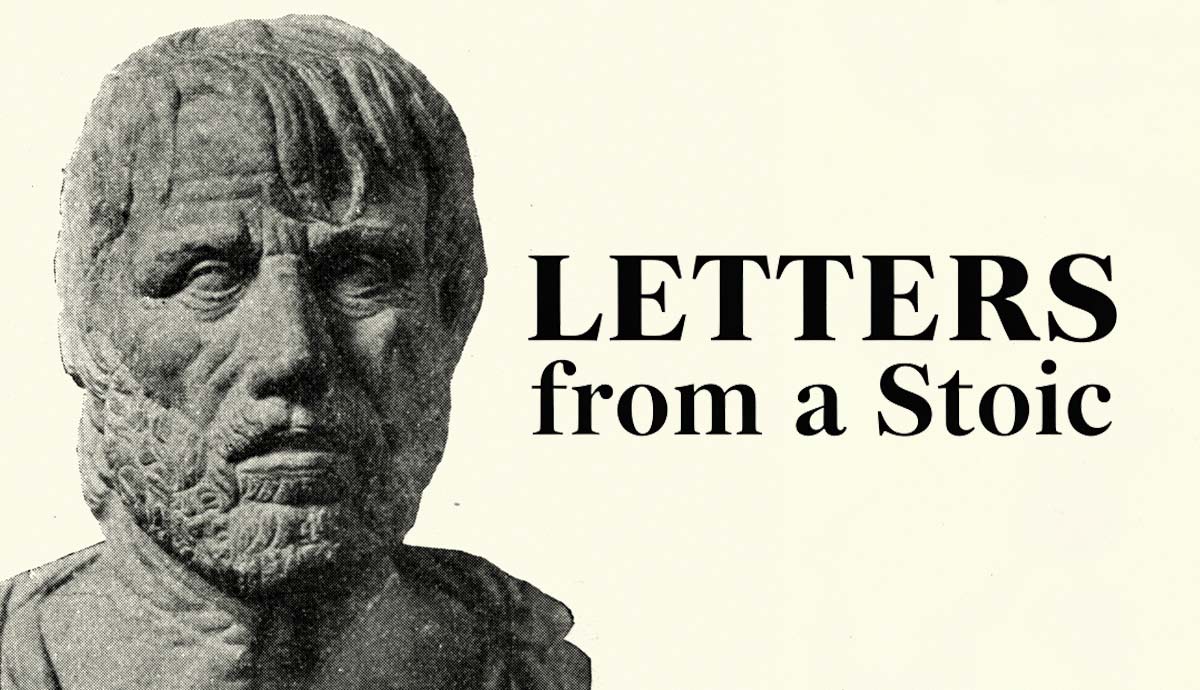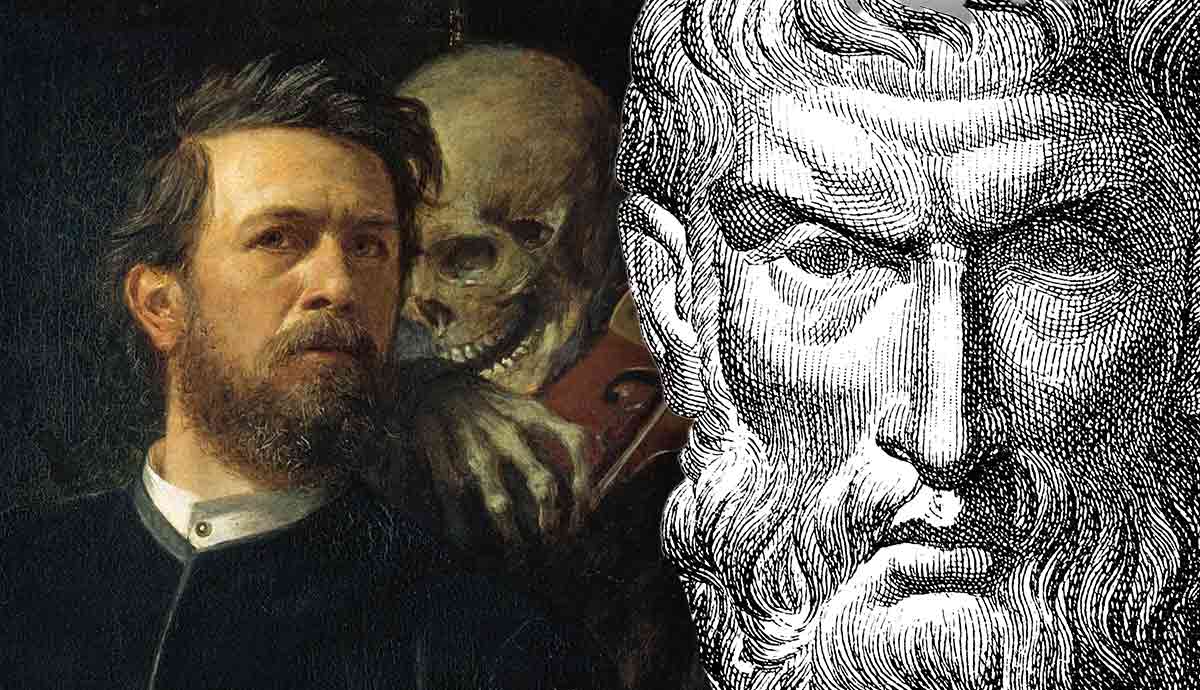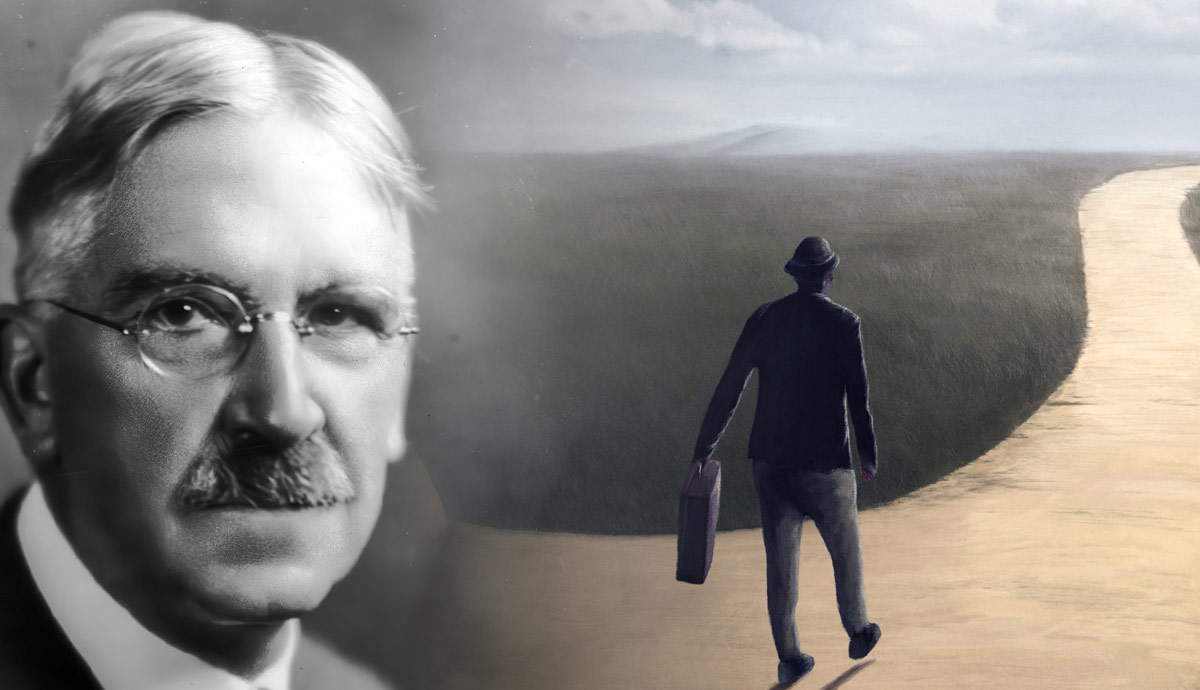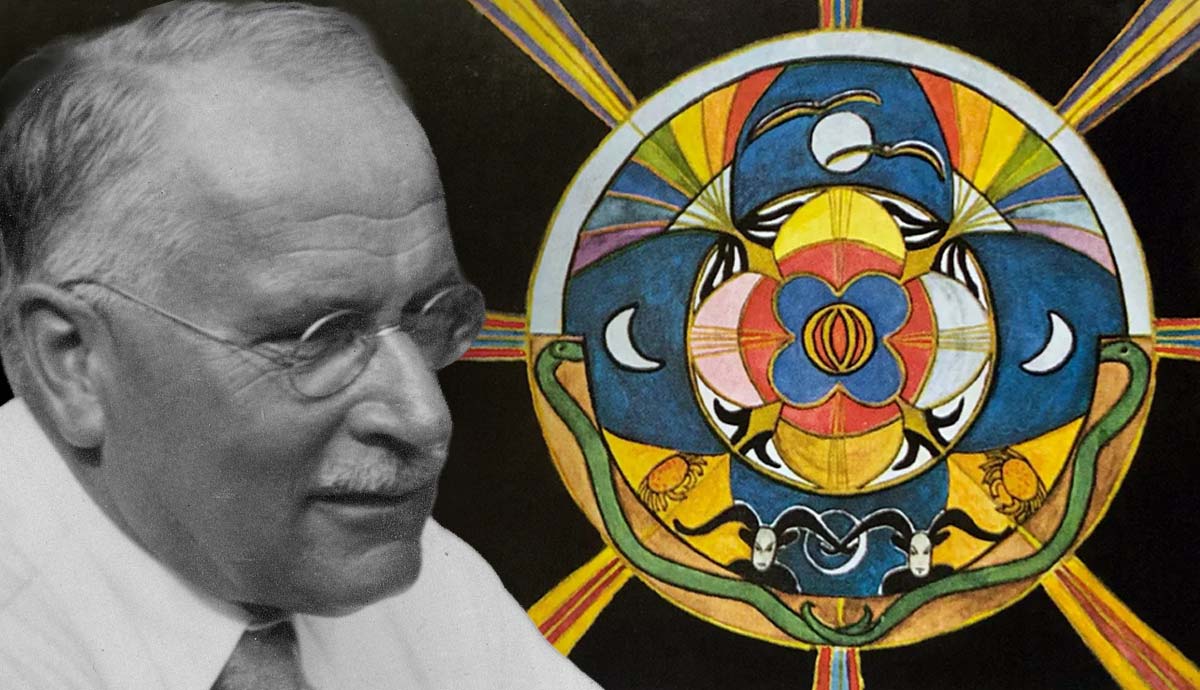
Carl Jung was one of the most important modern thinkers whose writings regarding the mind, personality, and behavior shape our view of ourselves today. As a founder of analytical psychology, Carl Jung researched and wrote about such topics as dreams, symbols, and the unconscious mind. His books transcend academic books—instead, they’re guides for personal discovery. Below is a review of Jung’s most important books, including Man and His Symbols, The Archetypes and the Collective Unconscious, and Psychological Types.
1. Man and His Symbols: Jung’s Entrance to the Unconscious
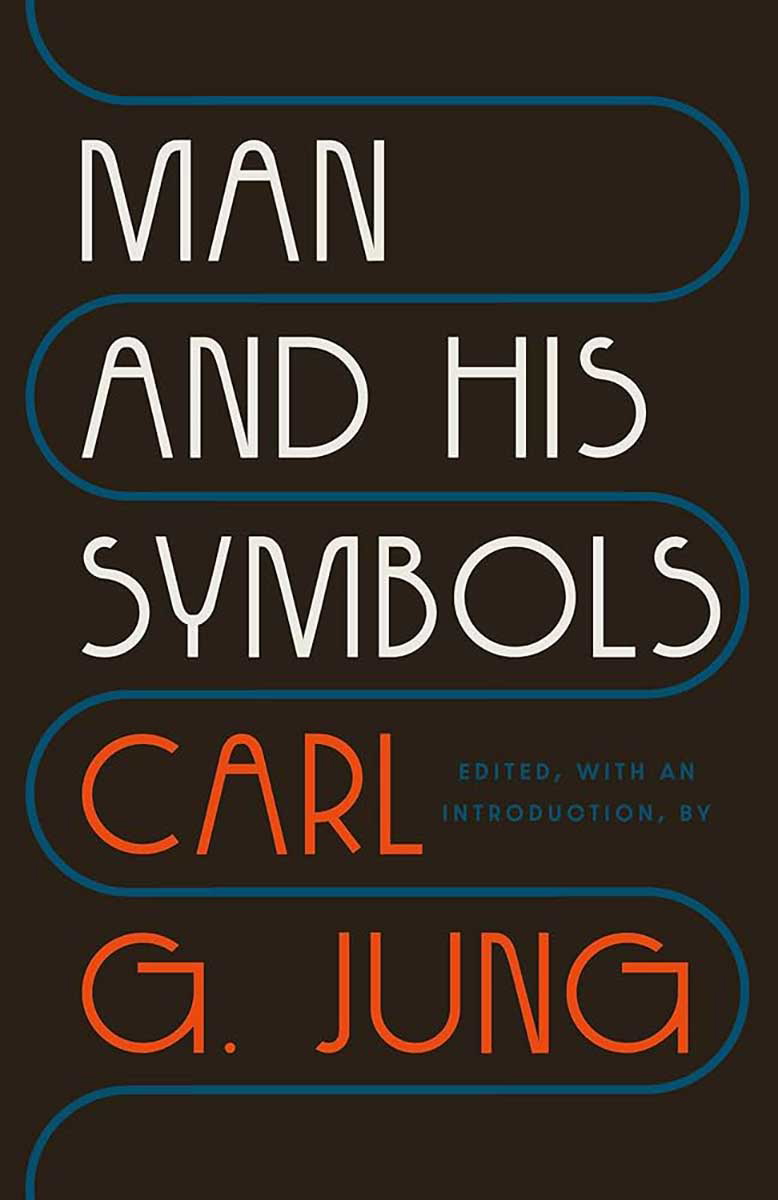
Carl Jung wrote Man and His Symbols in a manner accessible to everyone, not simply to academia. In it, he explains why and how symbols appear in our dreams, in artwork, and in our daily lives. For example, a dream about a snake isn’t necessarily a snake but perhaps transformation, danger, or hidden information, depending on who and where one is from.
Jung believed that symbols represent the voice of the unconscious mind. They enable us to understand feelings and thoughts that we’re not even aware of yet. That is in contrast to Sigmund Freud, who focused more on individual experiences and repressed wishes. Jung believed that a deeper, collective level of the mind exists.
The book is made up of chapters written by Jung and his fellow contributors, dealing with dreams, artwork, and mythology in cultures all over the world. For example, Jung discusses the function of dreams in individual development, and fairy tales and their symbolism are discussed by Marie-Louise von Franz.
Man and His Symbols is a perfect starting point for a new reader of Jung. It bridges the chasm between complex psychology and everyday life and shows how and why symbols shape our thinking and feelings.
2. The Archetypes and the Collective Unconscious: Mapping the Human Psyche
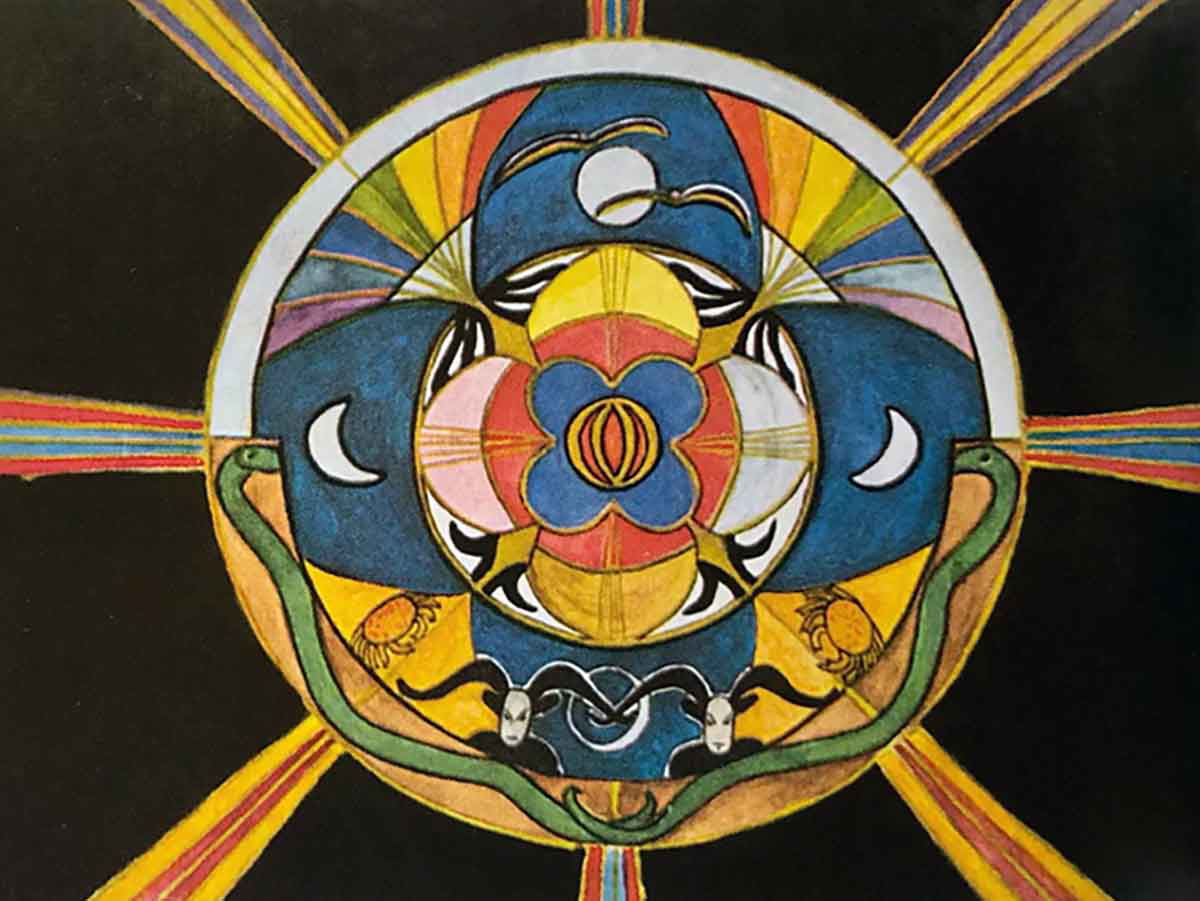
In The Archetypes and the Collective Unconscious, one of Jung’s most famous ideas is discussed: the collective unconscious. Unlike Freud, who saw the unconscious as an individual, Jung theorized that we all have a shared deeper level of mind filled with universal symbols in the form of archetypes.
Archetypes are persistent forms and images that appear in cultures and times everywhere in the world. Examples of archetypes include the Hero (e.g., King Arthur and Luke Skywalker), Shadow (the darker aspect of ourselves), and Wise Old Man (e.g., Gandalf and Socrates). Archetypes shape stories, mythology, and even our lives.
Jung’s idea of archetypes touched many subjects, including therapy, film, and literature. Knowing about these common symbols helps us understand each other and make sense of our experiences.
For example, Joseph Campbell’s theory of the Hero’s Journey is derived from Jungian archetypes and has influenced many books and movies, including The Lord of the Rings and Star Wars.
This book is key to an understanding of how Jung saw both the mind as profoundly individual and cosmically linked. It invites one to explore repetitive cycles in one’s life and unacknowledged myths with which one lives.
3. Psychological Types: The Birth of Personality Theory
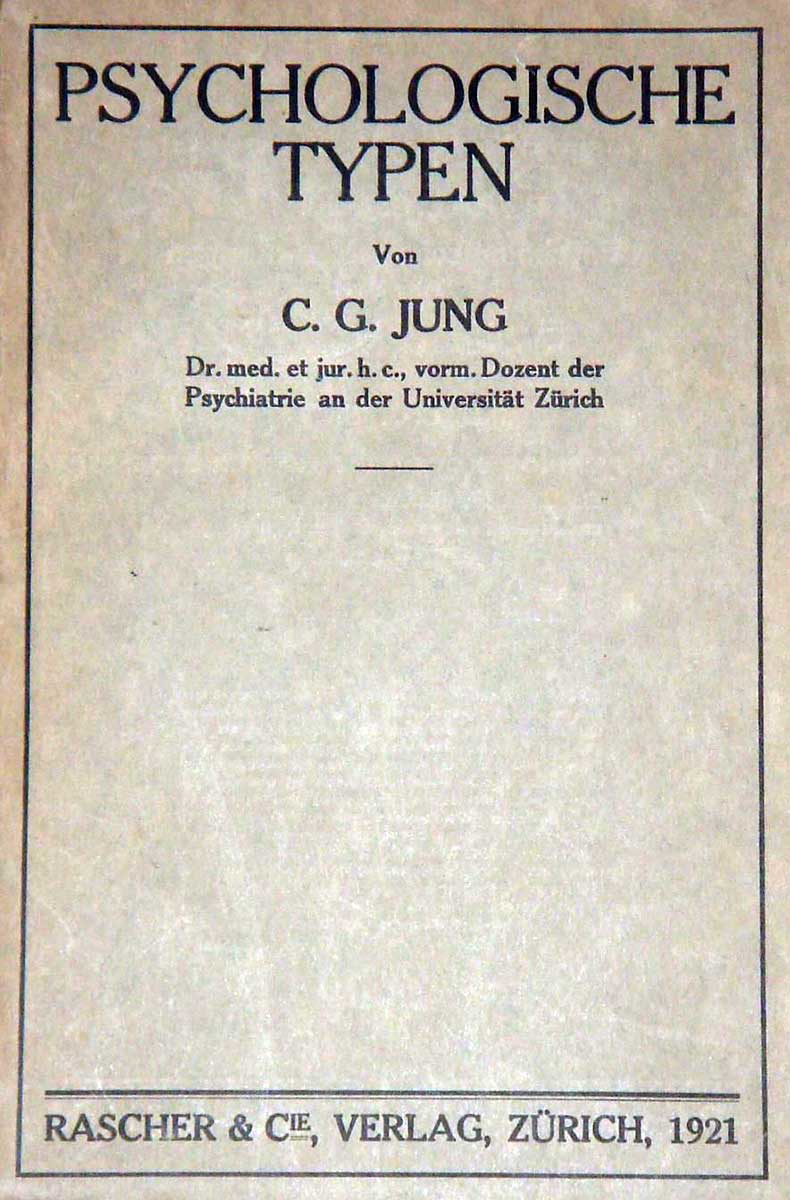
In Psychological Types, Jung addresses why and in what manner people act, feel, and think in a range of ways. In this book, extraversion and introversion, terms that have become ubiquitous in personality conversation, first saw use. Introverts have a preference for caring for their inner life, and extraverts gain energy through social contact.
Jung also defined four information processing styles: thinking, feeling, sensation, and intuition. For example, a thinker will arrive at a conclusion through logical analysis, but a feeler will apply values and feelings in a conclusion. Sensation types utilize concrete information, but intuitive types search for patterns and possibilities.
This book developed modern personality tests, including the Myers-Briggs Type Indicator (MBTI). Despite not creating MBTI, its work spurred its development. Readers can develop a deeper awareness of themselves and others through Psychological Types, and for that reason, it is a must for interpersonal relations and personal development.
Interestingly, Jung contrasted with Freud’s more rigid theory of psychological development. While Freud concentrated on general stages, Jung focused on diversity in human experience and recognized that everyone is not necessarily traveling down one path towards psychological wellness.
4. Symbols of Transformation: The Evolution of Consciousness
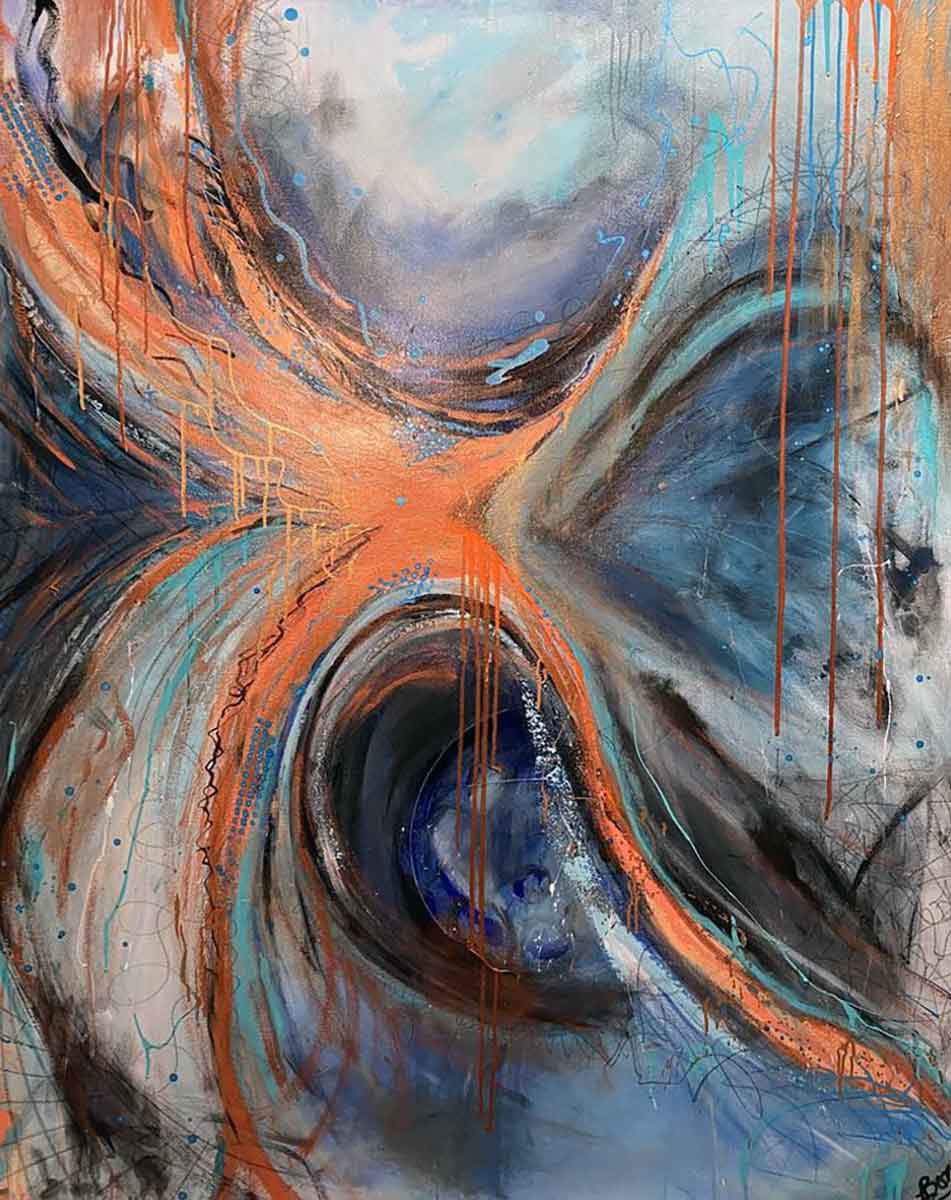
Symbols of Transformation is a key work in Jung’s career. It’s when he broke with Freud’s school and began developing his theory regarding the psyche. For Jung, mythology, symbols, and religious stories embody psychological growth and individuation, becoming one’s authentic self, a theory that he developed.
For example, the mythology of the phoenix, a creature that burns and re-emerges out of its ashes, is an individual transformation metaphor. For Jung, it was a powerful image of rebirth psychologically, in which a person outgrew outmoded patterns and became a new, truer form of himself.
Jung also discussed in detail how such symbols occur in rituals and customs in religion and in life overall. In his view, even modern humans unconsciously reenact age-old myths in terms of individual conflicts and life passages.
That position stands in contrast with Freud’s position that religion is a mere delusion for psychological needs. Religious symbols, in Jung’s view, represented significant representations of spontaneous processes in the psyche.
Symbols of Transformation is a rich but demanding book. It shows how closely our minds become involved with stories and symbols in life, and through them, reveals insights about individual development and overall trends in shaping human life.
5. Memories, Dreams, Reflections: Jung in His Own Words
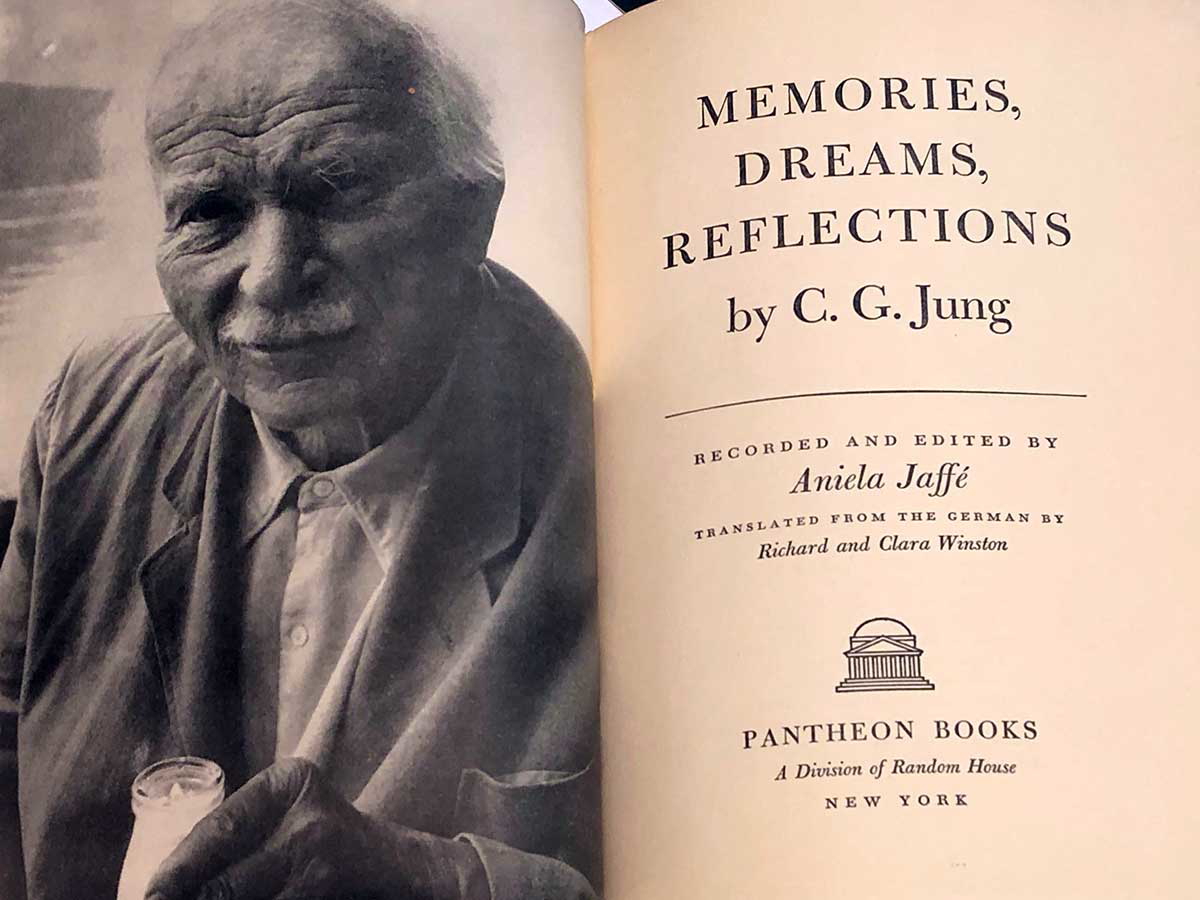
Memories, Dreams, Reflections is Jung’s autobiography. Unlike most life histories, it deals with inner experiences—dreams, visions, and inner reflection—of himself. In an endeavor to understand himself, in his view, lay an understanding of his theory of psychology.
In this book, Jung narrates his memories of boyhood, his break with Freud, and his quest for spirituality and the unconscious. He narrates experiences that conditioned him, including powerful dreams that revealed hidden realities about himself.
One such powerful one is Jung’s dream about a chamber deep in the earth filled with treasures of ages, and in it, he saw a sign of the collective unconscious.
Jung also reflects on voyages to such places as India and Africa, during which he studied numerous cultures’ religious rituals and mythology. What transpired during these experiences enriched his consciousness of humanity’s psyche and confirmed his faith in archetypes’ universality.
Reading Memories, Dreams, Reflections is a little like having a fireside chat with Jung himself. It is an intimate view of one individual’s life, a view of a life lived in devotion to getting at the deep inner reaches of humanity and its consciousness and in quest of life’s mysteries.
6. The Red Book: Jung’s Descent Into the Depths
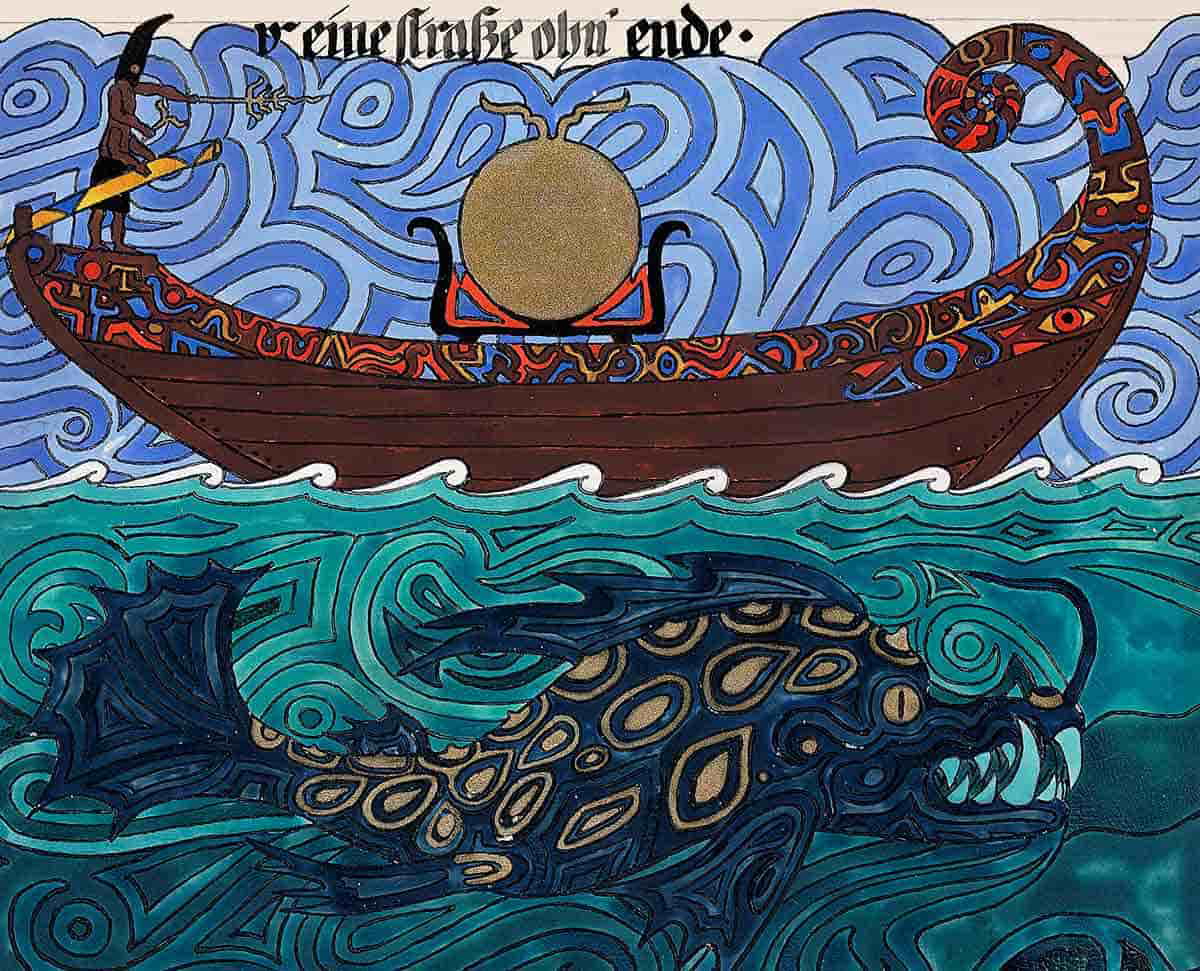
The Red Book is one of Jung’s most elusive writings. It was written during a period of inner crisis when he actively engaged in delving into his unconscious mind through profound introspection, dreams, and even hallucinations. It is replete with striking artwork and mystical writings, including a diary of inner journey.
Jung called such an exercise “active imagination,” a technique in which he chatted with the characters and voices in his unconscious mind. It seems a tad absurd, but according to Jung, such an exercise helped him gain access to repressed aspects of himself.
For one, he talks about having a conversation with such a character as Philemon, an older wise fellow who appeared in his visions and embodied inner knowing.
The Red Book wasn’t published until many years following Jung’s death, in case people misinterpreted it. Today, it is considered a blueprint for how Jung developed his mind, self, and spirituality theory. The book attests to Jung’s courage in dealing with demons and is a testimony to the life-altering powers of introspective inquiry.
So, What Are Jung’s Most Impactful Books?
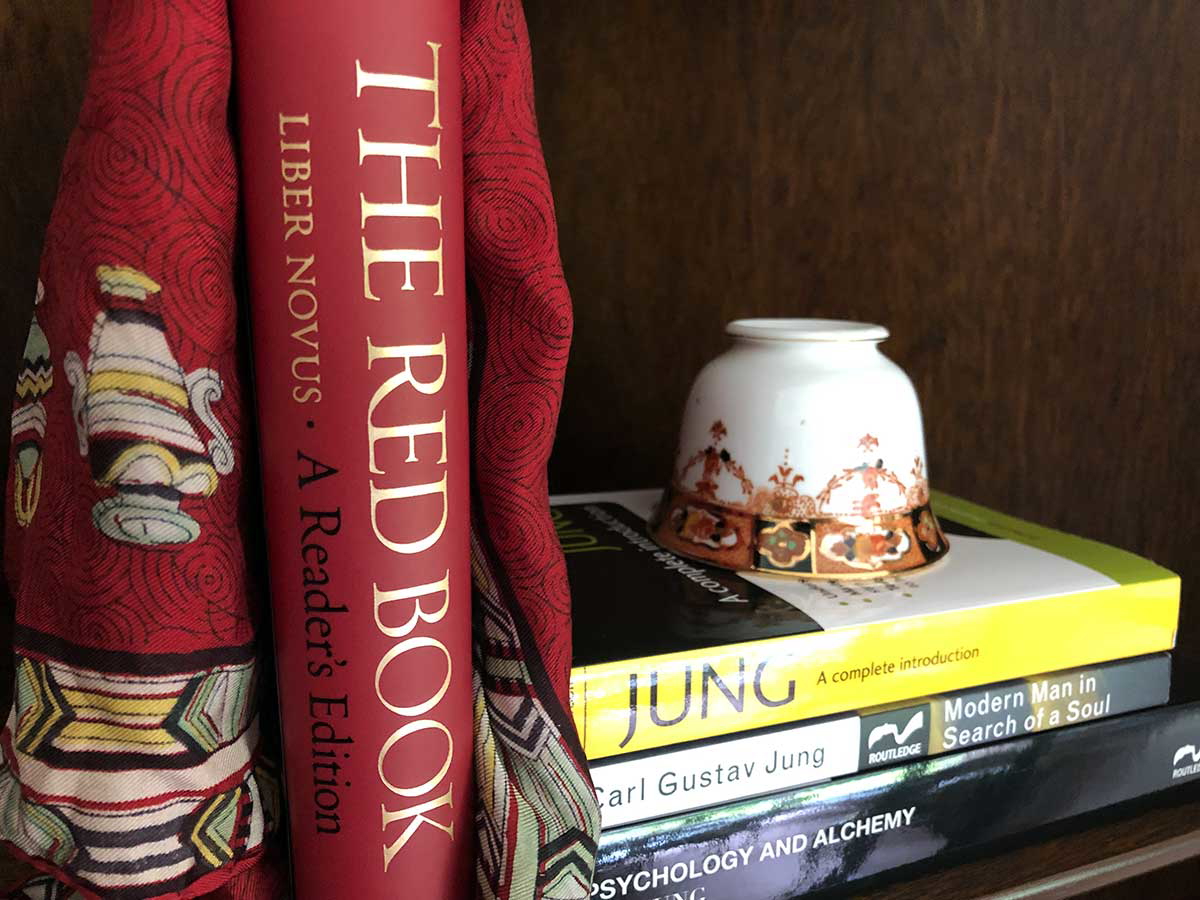
Carl Jung’s books are not simply psychological books—but cartography of the soul. In books such as Man and His Symbols and The Red Book, he delves into how archetypes, dreams, and symbols form and direct our lives. Carl Jung’s work continues to have an impact, for it addresses shared experiences of humanity, cutting through both time and cultures.
Whether you’re interested in learning about yourself, reading about mythology, or learning about the genesis of modern psychology, Carl Jung’s books have a lot to say. His books compel one to go through one’s journey of discovery, challenging one to confront both shadow and light in oneself.
Start with the one that most appeals to you and enter Carl Jung’s fascinating world, in whose books every page holds a key to unlocking the doors to the mind’s secrets.
